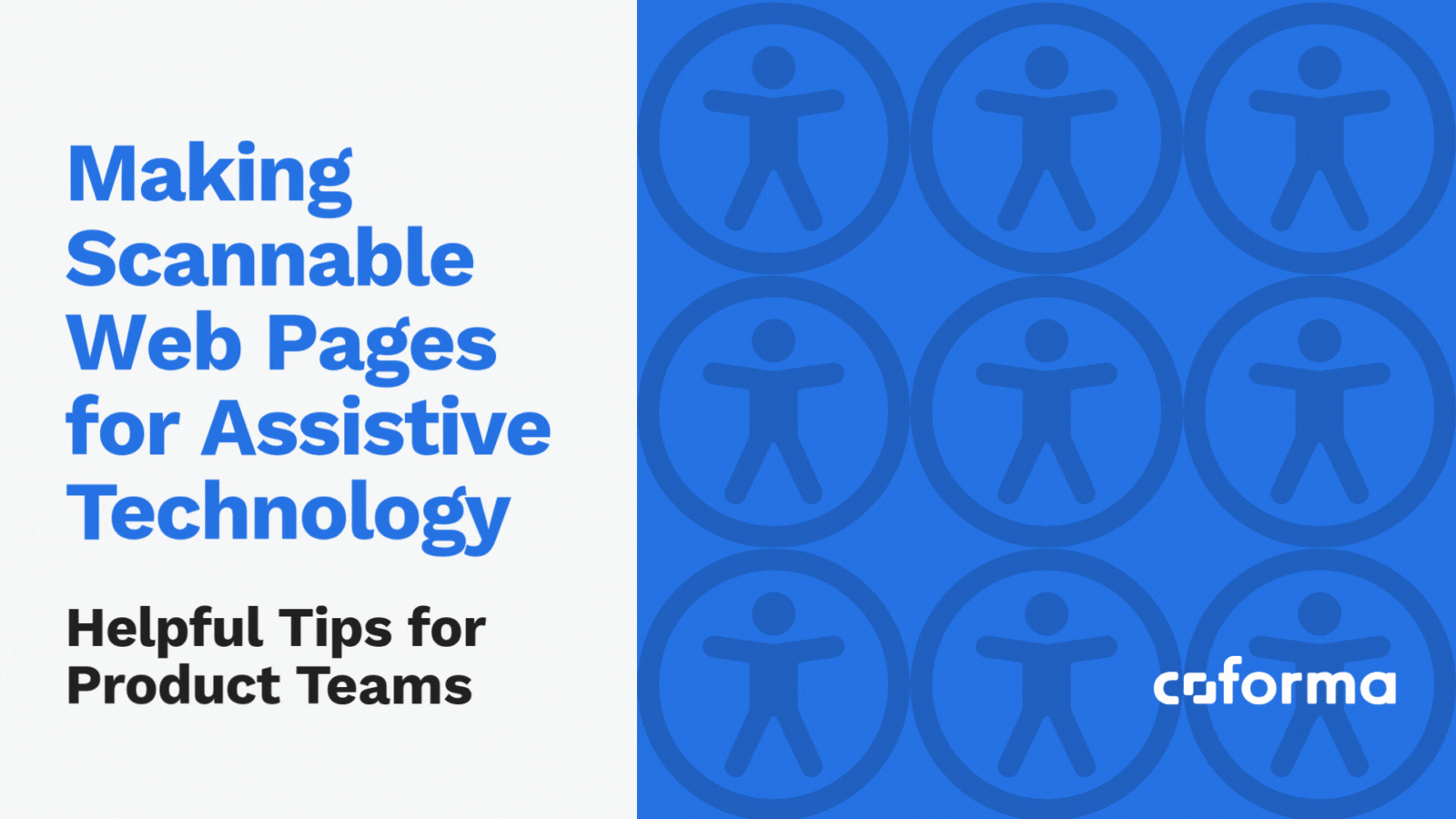
"Automated accessibility tools catch only a fraction of issues; real solutions lie in manual testing to improve user experience for those relying on assistive technologies."
"My initial oversight was that automated checks don't account for 70% of accessibility issues related to user experience; manual testing is essential."
"Understanding how screen readers interpret semantic HTML reshaped my approach towards design and accessibility, bridging my technical skills and UX considerations."
"Scannability is crucial for accessibility; I realized that not all coding practices translate intuitively to assistive technology users when I began testing with a screen reader."
The article reflects the author's personal journey through design and development, highlighting a crucial flaw in relying solely on automated accessibility tools. While these tools can identify coding errors, they only account for 25-33% of accessibility issues. Most problems stem from user experience factors, which require manual testing. By using a screen reader, the author discovered unaddressed challenges and gained insights into how users navigate websites with assistive technologies. This experience reshaped their approach, emphasizing the importance of scannability and awareness in web design for better accessibility outcomes.
Read at Coforma
Unable to calculate read time
Collection
[
|
...
]